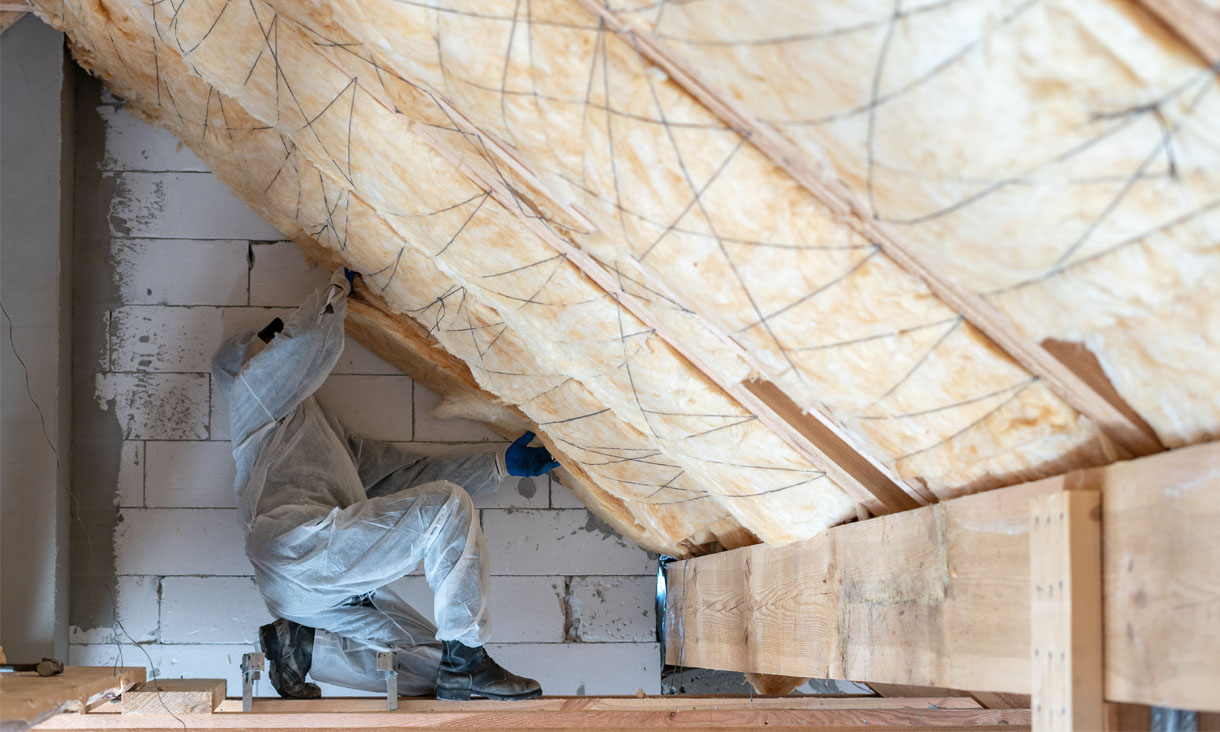An RMIT University-led report, commissioned by RACE for 2030, assessed current challenges related to home thermal efficiency improvements.
The report recommends several priorities to help Australia reach its goal of net zero by 2050, such as improving how we build new homes and how households prioritise and undertake thermal upgrading of their homes.
While the introduction of the new seven-star energy efficiency building standards is a necessary step to improve new homes, Rajagopalan said more needs to be done during the design and construction stage of building to ensure each home is thermally efficient.
A potential solution was creating a “One-stop shop” on how to embark on retrofitting your home and the benefits of a thermally efficient home from verified sources.



We need performance based standards not fluffy star rating systems. Or at least tie stars to a performance standard.
I.e. kW power required to keep building at habitable temperature in given conditions. +Blower door test to prove air tightness standards met.
Isn’t that sort of what NatHERS already does? It’s measured in theoretical terms but it at least seems to estimate how much energy would be required for regulating temperature. Among many other things, it includes a section where it reports the “thermal performance” of both heating and cooling (separately) in terms of MJ/m^2.
As a side note, a 2015 Qld Govt report stated:
It also noted that this would result in cheaper ongoing energy costs, but I wonder if some sort of up-front rebate or stamp duty discount or something could help incentivise building at 6 or 7 stars NatHERS.
They called them ‘Thermal Assessors’ in the article.